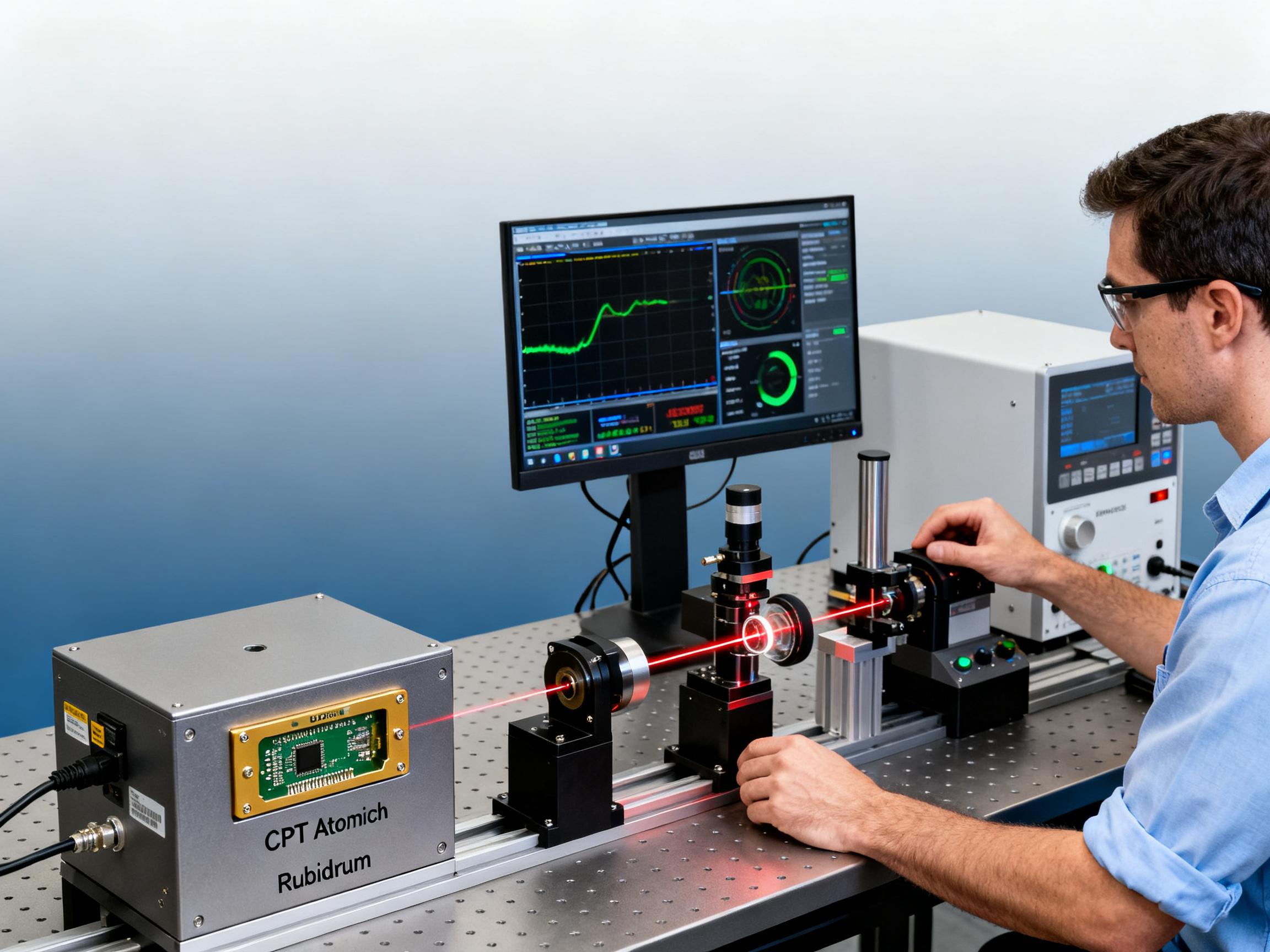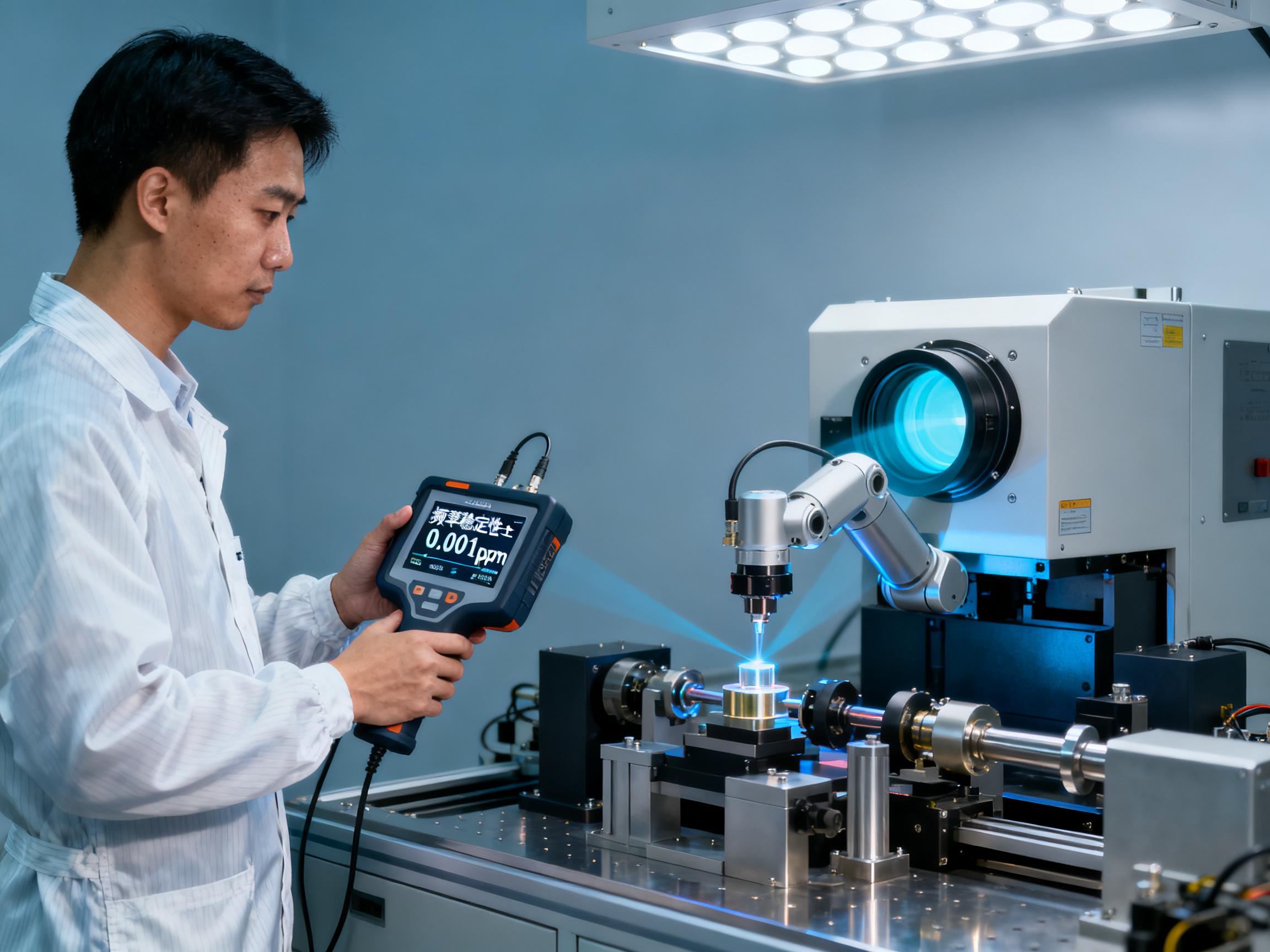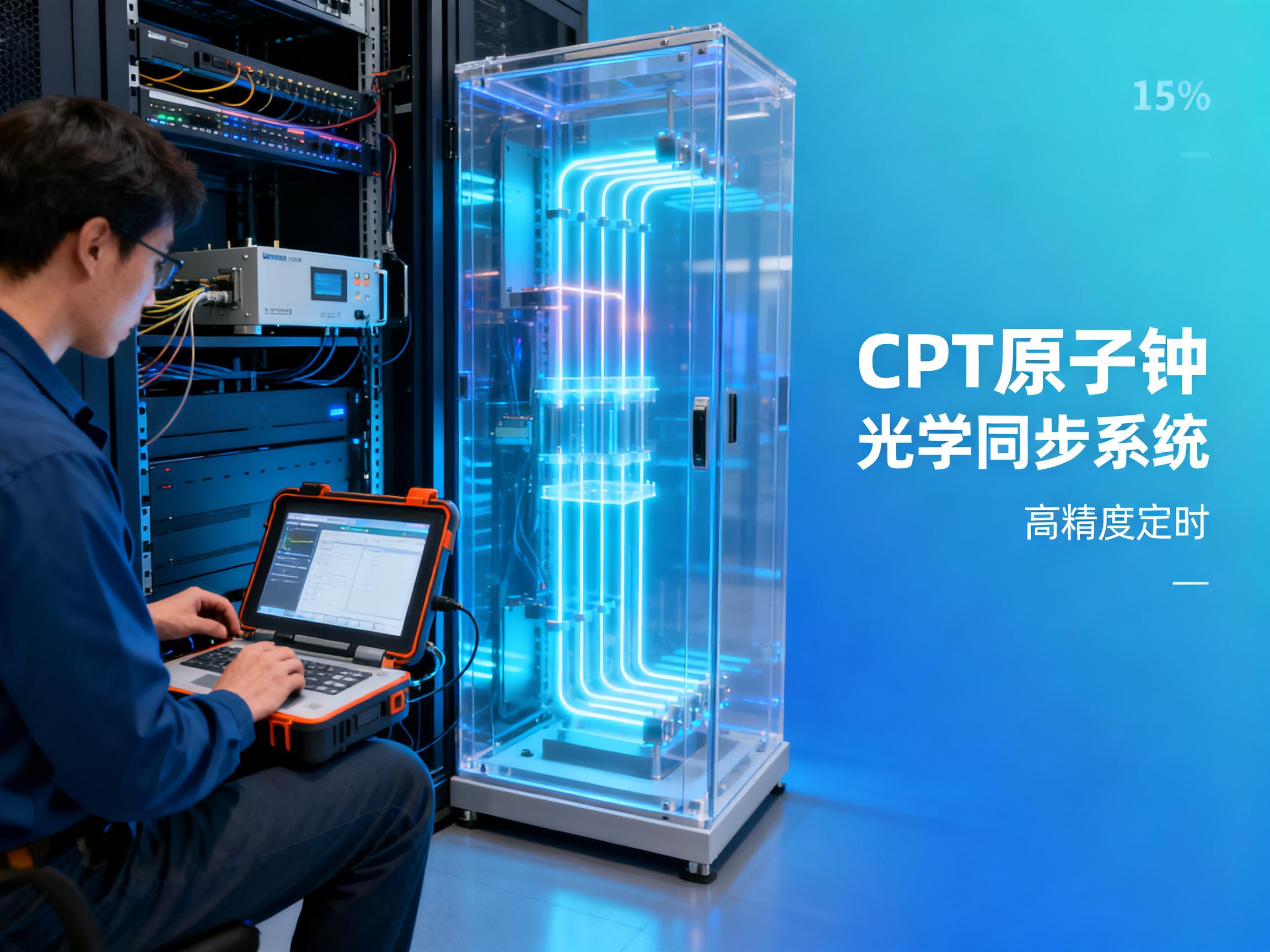RELATED
 CPT Atomic Clock Procurement Guide for Government & Defense Contractors (2024)2025-12-24
CPT Atomic Clock Procurement Guide for Government & Defense Contractors (2024)2025-12-24 Top 5 Factors to Consider When Integrating a Rubidium Atomic Clock into Your System2025-12-22
Top 5 Factors to Consider When Integrating a Rubidium Atomic Clock into Your System2025-12-22![How CPT Atomic Clocks Reduce OPEX in 5G Base Stations [Real Data] How CPT Atomic Clocks Reduce OPEX in 5G Base Stations [Real Data]](https://usimg.bjyyb.net/grey.png?x-oss-process=image/resize,m_fixed,w_800,h_600,limit_0) How CPT Atomic Clocks Reduce OPEX in 5G Base Stations [Real Data]2025-12-11
How CPT Atomic Clocks Reduce OPEX in 5G Base Stations [Real Data]2025-12-11 2024 CPT Atomic Clock vs Rubidium: Which Offers Better Stability for Telecom Networks?2025-12-08
2024 CPT Atomic Clock vs Rubidium: Which Offers Better Stability for Telecom Networks?2025-12-08
MESSAGE
Different types of frequency components have different functions in electronic systems. They each have unique working principles and work together to achieve various requirements of electronic systems for frequency signals. The following is a detailed introduction to the working principles of common frequency components in electronic systems:
1. Crystal Oscillator:
The core component is quartz crystal, which works based on the piezoelectric effect. When an alternating voltage is applied to the two electrodes of the quartz crystal, the crystal generates mechanical vibrations due to the inverse piezoelectric effect; the mechanical vibrations will generate alternating voltages on the electrodes through the positive piezoelectric effect. Quartz crystals have a fixed natural vibration frequency. When the frequency of the applied alternating voltage is equal to the natural frequency, resonance occurs. At this time, the crystal vibration amplitude is the largest and the alternating voltage generated is also the strongest. By designing a suitable circuit, such as the Pierce oscillator circuit, the crystal is combined with components such as amplifiers to make the resonance continue, thereby outputting a stable frequency signal. For example, in a computer motherboard, the crystal oscillator provides a stable clock signal for the system to ensure that the various components work in coordination.
2. Voltage-Controlled Oscillator (VCO):
The working principle is based on changing the parameters of the oscillation circuit to achieve changes in the output frequency. It is common to adjust the oscillation frequency by changing the value of the capacitor or inductor, and this change is achieved by the input control voltage. Taking the capacitive VCO as an example, the change of the control voltage will cause the capacitance of the varactor diode to change. As part of the oscillation circuit, the capacitance change of the varactor diode will change the resonant frequency of the oscillation loop, thereby making the signal frequency output by the VCO linearly related to the input control voltage. In the phase-locked loop (PLL) system, the VCO adjusts the frequency according to the control voltage output by the loop filter so that the frequency and phase of the output signal are consistent with the reference signal.
3. Frequency Synthesizer:
Direct Frequency Synthesizer:
By performing multiplication, division, mixing and other operations on one or more high-stability reference frequency signals, the required various frequency signals are directly generated. Using multiple fixed-frequency oscillators, different frequency combinations are selected through switching circuits, and then processed by mixers and filters to obtain output signals of different frequencies. Its advantages are fast frequency conversion speed and high frequency resolution, but due to the need for a large number of oscillators and complex circuits, the cost is high and the volume is large.
Phase-Locked Loop Frequency Synthesizer:
It is mainly composed of a phase detector (PD), a loop filter (LF), a voltage-controlled oscillator (VCO) and a frequency divider. The phase detector compares the phase of the VCO output signal with the phase of the reference signal and outputs an error voltage proportional to the phase difference; the error voltage is filtered by the loop filter and input to the VCO as a control voltage to adjust the output frequency of the VCO; the signal output by the VCO is divided by the frequency divider and fed back to the phase detector, and compared with the reference signal again to form a closed-loop system. Through continuous adjustment, the frequency and phase of the VCO output signal are locked with the reference signal, thereby achieving frequency synthesis.
Direct Digital Frequency Synthesizer (DDS):
Based on digital signal processing technology, it uses high-speed digital circuits and storage technology. It contains a phase accumulator, a waveform memory (ROM), a digital-to-analog converter (DAC) and a low-pass filter (LPF). Driven by the clock signal, the phase accumulator continuously accumulates the phase value; according to the accumulated phase value, the corresponding amplitude value is read from the waveform memory; these amplitude values are converted into analog signals through DAC, and then smoothed and filtered through LPF to obtain the analog signal output of the required frequency. DDS can quickly and accurately generate signals of various frequencies, phases and amplitudes.
4. Filter:
Passive Filter:
It is composed of passive components such as resistors (R), capacitors (C), and inductors (L). According to different component combinations and connection methods, low-pass, high-pass, band-pass or band-stop filters are formed. Taking the low-pass filter as an example, the capacitor presents low impedance to high-frequency signals, and the inductor presents high impedance to high-frequency signals. When the input signal passes through the low-pass filter circuit composed of capacitors and inductors, the high-frequency signal is attenuated, while the low-frequency signal can pass smoothly.
Active Filter:
In addition to passive components, it also contains active devices (such as operational amplifiers). Active filters use the amplification and buffering effects of operational amplifiers to not only achieve filtering functions, but also provide gain and improve frequency characteristics. For example, in an active low-pass filter, an operational amplifier can enhance the amplitude of the signal, and by properly designing the circuit parameters, the filter can have a steeper transition band and better passband characteristics.
5. Mixer:
Works based on the nonlinear characteristics of nonlinear devices (such as diodes, transistors, etc.). When two input signals of different frequencies (usually one is the input signal to be processed and the other is the local oscillation signal) act on the nonlinear device at the same time, a series of new frequency components will be generated, including the sum frequency, difference frequency and their harmonic combination of the two input signal frequencies. Through the subsequent filter, the required frequency component (such as the sum frequency or difference frequency) is selected to achieve the frequency conversion of the signal. In a superheterodyne receiver, the mixer mixes the received high-frequency signal with the local oscillation signal and converts the high-frequency signal into a fixed intermediate frequency signal for subsequent signal processing.
6. Frequency Divider And Frequency Multiplier:
Frequency Divider:
In digital circuits, frequency dividers are usually composed of digital logic elements such as triggers. Taking a simple two-way frequency divider as an example, the rising or falling edge of the input signal triggers the flip-flop state to flip, and the output signal frequency of the trigger is half the frequency of the input signal. By cascading multiple triggers, higher multiples of frequency division can be achieved. In analog circuits, the frequency division function can also be achieved by using LC resonant circuits.
Frequency Multiplier:
It is realized by using the characteristics of nonlinear devices. When the input signal passes through a nonlinear device, high-order harmonics will be generated. The required high-order harmonic components can be selected by the filter to achieve frequency multiplication. For example, using nonlinear elements such as step recovery diodes, when the input signal passes, the nonlinear characteristics of the diode will generate rich harmonics. The specific harmonic frequency output is selected by the bandpass filter to achieve frequency multiplication of the input signal.
CONTACT US
Please use the form below to get in touch.
If you need a reply we will get in touch as soon as possible.



![How CPT Atomic Clocks Reduce OPEX in 5G Base Stations [Real Data] How CPT Atomic Clocks Reduce OPEX in 5G Base Stations [Real Data]](https://usimg.bjyyb.net/sites/91500/91958/1765179857856560163985903616.jpeg)

